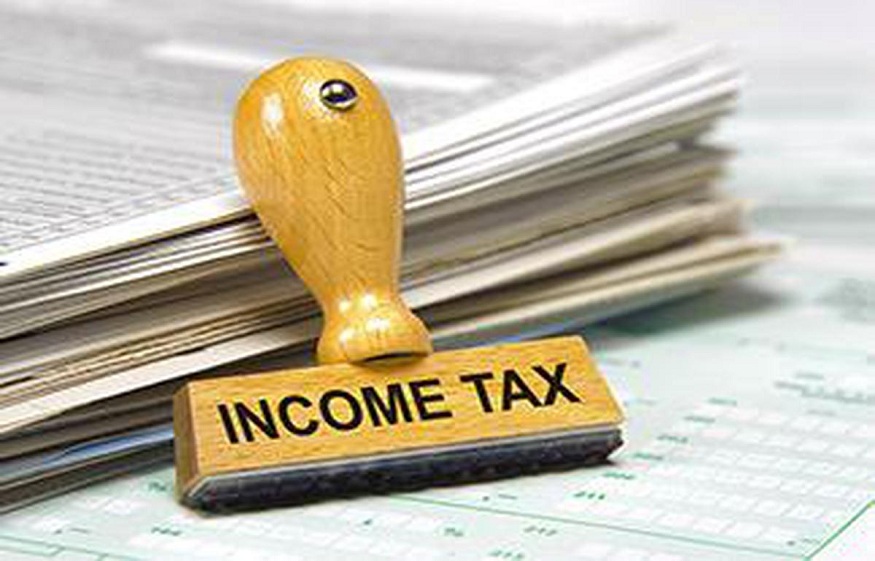Depending on the amount of income you earn in a financial year, you fall under a specific income tax slab and pay taxes based on that slab. The Income Tax Act, 1961, comes with tax benefits like deductions under various sections like section 80C. However, now there are two different income tax systems or regimes. The new tax regime prohibits the use of many of these tax benefits and instead has lower tax rates for each income slab.
Individual taxpayers have the option to file their income tax returns under the old tax system or the new tax regime. So, let’s understand how the tax rates differ so you know which regime to pick for the financial year 2022-2023.
What is the income tax slab?
The income tax slab is the system under which individual taxpayers are required to pay their income taxes. An individual may fall under a different tax bracket depending on their income. The slab system was implemented to keep the nation’s tax system equitable.
Income tax slabs under the old tax regime
| Income | Tax slabs |
| Up to Rs 2.5 lakh | Nil |
| Rs2.5 lakhs – Rs5 lakh | 5% |
| Rs 5 lakh– Rs 10 lakh | 20% |
| More than Rs 10 lakh | 30% |
Income tax slabs under the new tax regime
| Income | Tax slabs |
| Up to Rs 2.5 lakh | Nil |
| Rs 2.5 lakh – Rs 5 lakh | 5% |
| Rs 5 lakhs – Rs 7.5 lakh | 10% |
| Rs 7.5 lakh – Rs 10 lakh | 15% |
| Rs 10 lakh- Rs 12.5 lakh | 20% |
| Rs 12.5 lakh – Rs 15 lakh | 25% |
| More than Rs 15 lakh | 30% |
Exemptions on income tax
Over the years, the government has provided Indian taxpayers with over 70 exclusions and deduction benefits under various sections of the Income Tax Act, allowing them to reduce their taxable income and hence reduce their tax obligations. For instance, when you invest in certain investment products or spend money on specific things, you can claim tax deductions and reduce your tax liability.
The most opted tax deduction under section 80C, which allows you to claim a tax deduction of up to Rs 1.5 lakh for investing in specific products like five-year fixed deposits, equity-linked savings schemes, public provident fund, etc. Apart from this, various provisions permit you to deduct taxes for expenses like health insurance premiums and loan interest paid on home and education loans.
Conclusion
Both systems have advantages and disadvantages of their own. The previous system has many deductions and exemptions under several sections and to take advantage of some of these, taxpayers need to participate in tax-saving investment instruments which will help them in tax planning, which help in still a sound investing habit. On the other hand, the new approach aims to streamline the procedure while giving taxpayers greater flexibility. Which regime is beneficial for you will depend on your annual income and the investments you make. It’s best to speak with a financial expert who can advise you on the best course for reducing your taxes.




